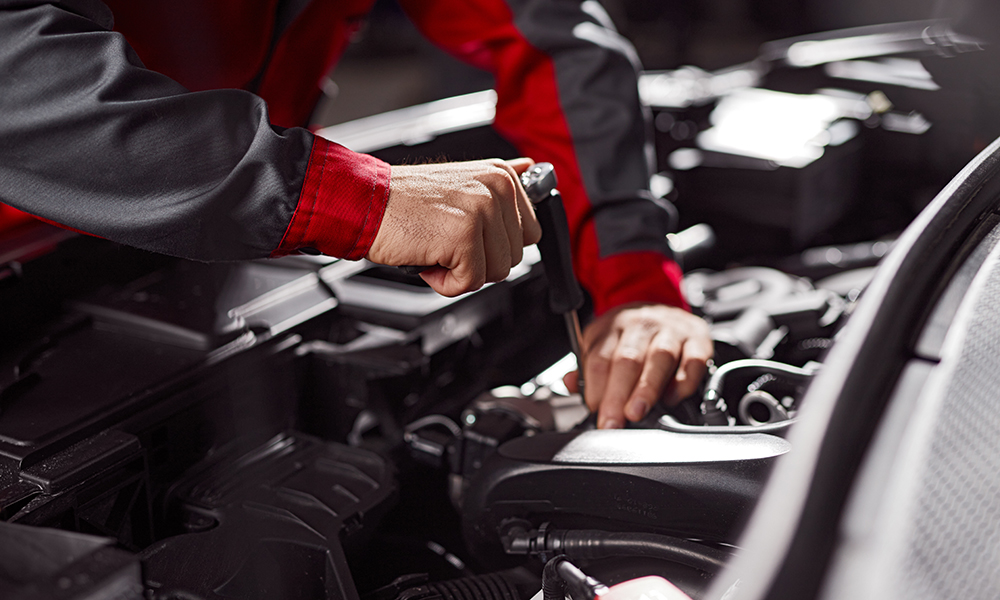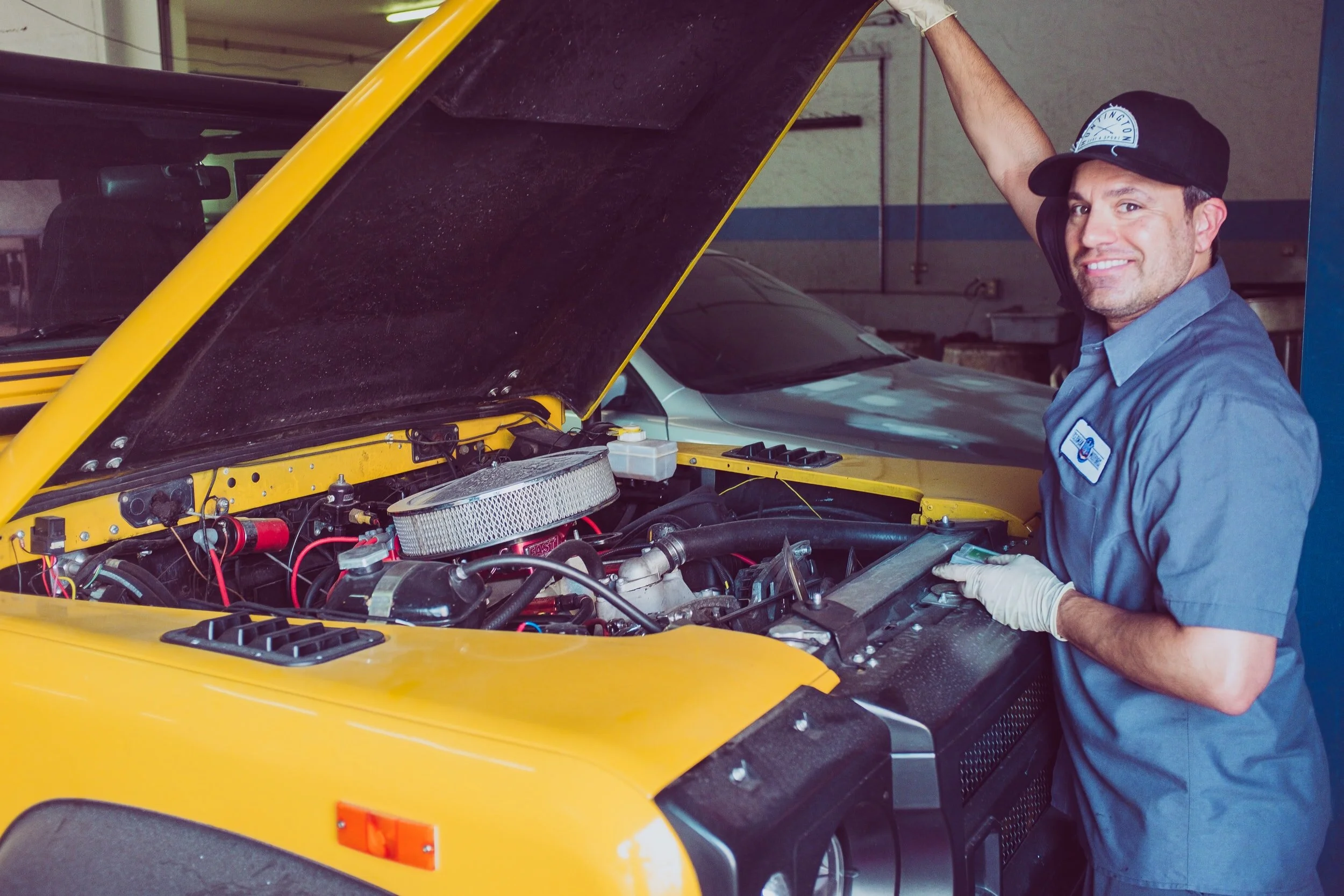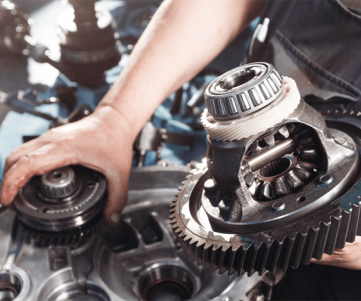Understanding Auto Transmission Overhaul
An auto transmission overhaul is a comprehensive process of restoring your vehicle’s transmission system to its original working condition. Unlike a simple repair that addresses a specific problem, an overhaul involves taking the entire transmission apart, inspecting each part, replacing damaged components, and reassembling it for peak performance. This process breathes new life into your vehicle, especially if it has logged many miles or has been showing signs of transmission failure. Many drivers notice symptoms such as delayed gear shifting, slipping gears, or strange noises, which often signal that an overhaul may be necessary. Ignoring these signs could result in total transmission failure, leading to even costlier repairs or replacements. Regular maintenance can delay the need for an overhaul, but once your system begins to show consistent performance issues, an overhaul becomes the most efficient long-term solution. Understanding this process helps vehicle owners make informed decisions about maintaining and prolonging their car’s lifespan.
How an Auto Transmission Works
To appreciate the value of an overhaul, it’s important to understand how an automatic transmission functions. The transmission is responsible for transferring power from the engine to the wheels while controlling speed and torque. Its key components include the torque converter, planetary gear set, valve body, clutch packs, and transmission fluid. Each plays a crucial role in ensuring your vehicle changes gears smoothly. Over time, friction, heat, and wear can compromise these parts, causing performance issues. Transmission fluid acts as both a lubricant and coolant, keeping the system running efficiently. When this fluid becomes dirty or burns due to overheating, internal components can suffer severe damage. Common stress points include clutch packs and seals, which are often the first to wear out. A well-maintained transmission ensures optimal vehicle performance, while neglecting it leads to inefficiency and potential failure that demands an overhaul.
The Step-by-Step Process of an Auto Transmission Overhaul
An auto transmission overhaul is an intricate process that demands both skill and precision. It starts with a thorough diagnostic inspection to identify the root cause of the transmission issues. Once technicians confirm the need for an overhaul, they carefully remove the transmission from the vehicle. The dismantling phase allows experts to inspect every component, from the clutch plates and bands to the valve body and bearings. During cleaning, parts are soaked in special solutions to remove contaminants and debris that have built up over time. Damaged or excessively worn parts are replaced with new or refurbished ones that meet manufacturer standards. After the reassembly, technicians recalibrate the system to ensure smooth gear shifting and optimal performance. Before completion, the overhauled transmission undergoes extensive bench and road testing to verify its reliability.
Common Problems Found During an Overhaul
When specialists conduct an overhaul, they often uncover issues that have been developing unnoticed for months. One of the most common problems is burnt or contaminated transmission fluid, which can turn dark and emit a burnt odor. Worn clutch plates and bands are also frequent culprits, as they directly affect gear shifting smoothness. Faulty seals and gaskets often lead to leaks that reduce fluid pressure, while damaged solenoids or valve bodies disrupt hydraulic flow. In modern automatic transmissions, electronic control modules may also fail, leading to erratic shifting behavior. These problems can create a cascade of issues that reduce performance and fuel efficiency. A detailed overhaul addresses all these underlying causes, ensuring your transmission operates like new.
Here are a few common findings during an overhaul:
- Burnt or low-quality transmission fluid
- Worn-out clutch packs and gears
- Broken seals or leaking gaskets
- Faulty solenoids or electronic sensors
- Clogged valve body channels
By addressing these issues during an overhaul, you restore the system’s overall health and prevent further damage that could otherwise lead to full replacement.
Benefits of a Properly Done Auto Transmission Overhaul
A professionally executed overhaul delivers multiple long-term benefits. It restores your vehicle’s ability to shift smoothly, reducing jerking or slipping while driving. Fuel efficiency improves significantly because the transmission no longer struggles to transfer power. It also extends the overall lifespan of your vehicle, delaying the need for a costly replacement. Another advantage is improved safety, as transmission failures during operation can cause loss of control or power loss in critical situations. Financially, an overhaul can be a more cost-effective option than replacing the entire system, especially for newer vehicles. Drivers also enjoy peace of mind knowing that their transmission has been rebuilt with precision and quality-tested for reliability. A transmission expert ensures that every component works harmoniously, giving your car a renewed and efficient driving experience.
Cost Factors in an Auto Transmission Overhaul
The cost of an auto transmission overhaul can vary depending on several factors. Labor is often the largest expense, as the process requires skilled technicians and specialized tools. The type of transmission—whether it’s a standard automatic, continuously variable (CVT), or dual-clutch—can also influence the price. Replacement parts such as clutch packs, seals, or solenoids add to the total cost. Vehicle make, model, and mileage are significant contributors as well. For instance, luxury vehicles or those with advanced electronic systems tend to be more expensive to overhaul. Comparing the cost of an overhaul with a full transmission replacement often shows the overhaul as the more affordable and sustainable option. Investing in an overhaul not only saves money but also preserves your vehicle’s original configuration, which helps maintain its resale value.
Choosing the Right Transmission Expert for the Job
Selecting a qualified transmission expert is crucial to ensuring a successful overhaul. Look for specialists with certifications such as ASE (Automotive Service Excellence) or ATRA (Automatic Transmission Rebuilders Association). These credentials guarantee that technicians have undergone rigorous training and testing. Before approving any overhaul, ask about diagnostic procedures, warranties, and parts used during rebuilding. A trustworthy shop will provide detailed estimates, explain each step of the process, and use only OEM or high-quality aftermarket components. Customer reviews and word-of-mouth recommendations also help determine reliability. A professional transmission expert not only restores your transmission but also provides valuable maintenance advice to keep it performing at its best. Choosing the right technician ensures the overhaul is a worthwhile investment rather than a temporary fix.
Maintenance Tips After an Overhaul
Once your auto transmission overhaul is complete, proper maintenance is key to keeping it in top shape. Start by following the manufacturer’s recommended fluid change schedule. Transmission fluid should always be checked for color and consistency, as it can reveal early signs of trouble. Avoid aggressive driving habits, such as rapid acceleration or towing heavy loads beyond your vehicle’s capacity. Periodic inspections by your transmission expert help detect minor issues before they escalate. Using only approved fluids and filters is also crucial, as incorrect products can cause internal damage. Keeping your transmission cool is another essential step—heat is one of the leading causes of premature transmission wear. With regular care and attention, your overhauled transmission can last for many years of reliable performance.
Frequently Asked Questions (FAQ)
How long does an auto transmission overhaul take?
Typically, an overhaul takes anywhere from three to seven days, depending on the complexity of the transmission and the availability of parts.
How can I tell if my transmission needs an overhaul or replacement?
If the system still has a solid core but suffers from internal wear, an overhaul is sufficient. However, if the casing or core components are severely damaged, replacement may be necessary.
Will an overhaul make my car feel brand new again?
Yes, many drivers experience smoother gear shifts, better fuel economy, and improved performance after a quality overhaul.
How often should transmission fluid be changed after an overhaul?
Most experts recommend replacing transmission fluid every 30,000 to 60,000 miles, but always follow your manufacturer’s guidelines.
Can I drive with minor transmission issues before scheduling an overhaul?
It’s not advisable. Even minor symptoms can escalate quickly, leading to more costly repairs if ignored.
Takeaway
An auto transmission overhaul is one of the smartest investments a vehicle owner can make to restore and maintain performance. By understanding the process, choosing a qualified transmission expert, and following proper maintenance practices, you ensure your vehicle stays reliable and efficient for years. A well-executed overhaul not only revitalizes your transmission but also protects your investment and driving experience.









